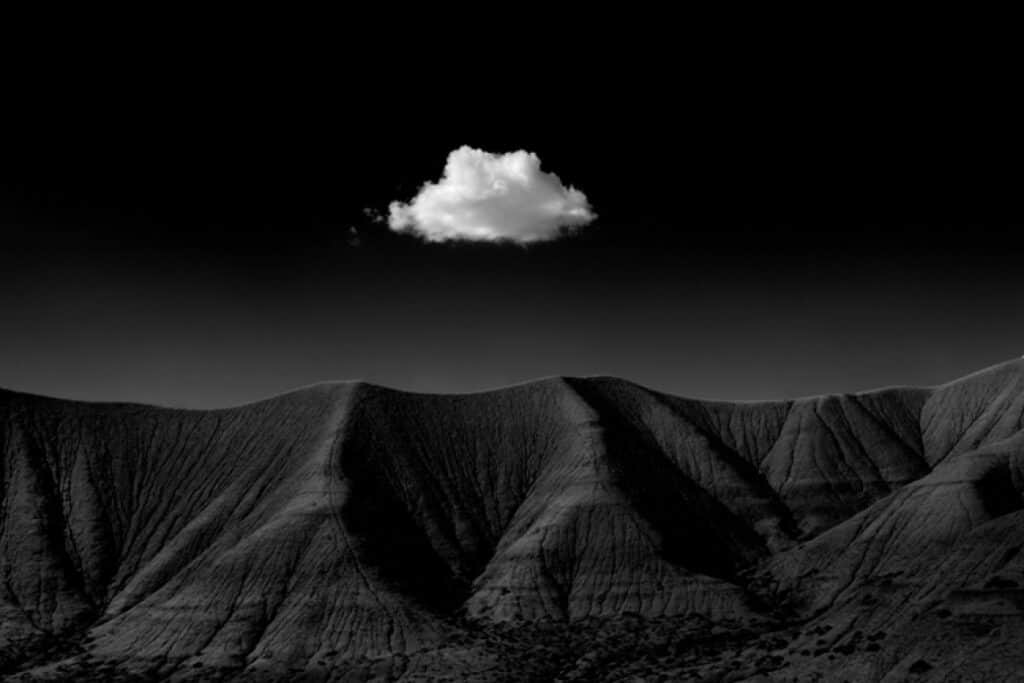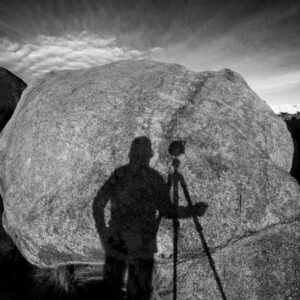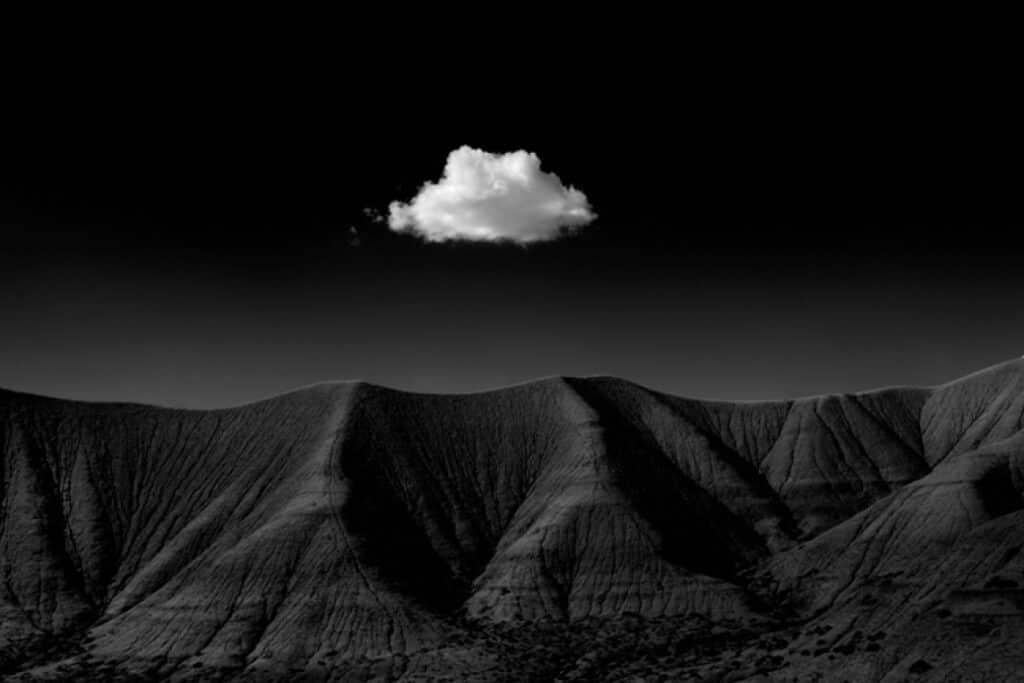
I don’t believe in copying anyone, including myself.
Although I did not set out to create a diverse set of portfolios (some so different from one another that you might not know they were from the same photographer) yet I am glad this is how my body of work has evolved. I do not want to do the same thing, create the same thing, or be the same thing.
My portfolios:
- Similar genre’s? No.
- Similar subjects? No.
- Similar techniques? No.
- Similar look? No.
So how did this diversity come about? It was not by design, I did not set out to purposely develop a varied body of work. But as I look back at my photographic journey, I can see how it happened.
Initially, like many of my generation, I wanted to be “the next” Ansel Adams and my work was all about landscapes because that is what Ansel did. If someone asked me what type of photographer I was, I said: a landscape photographer. (like Ansel)
That was my Ansel phase.
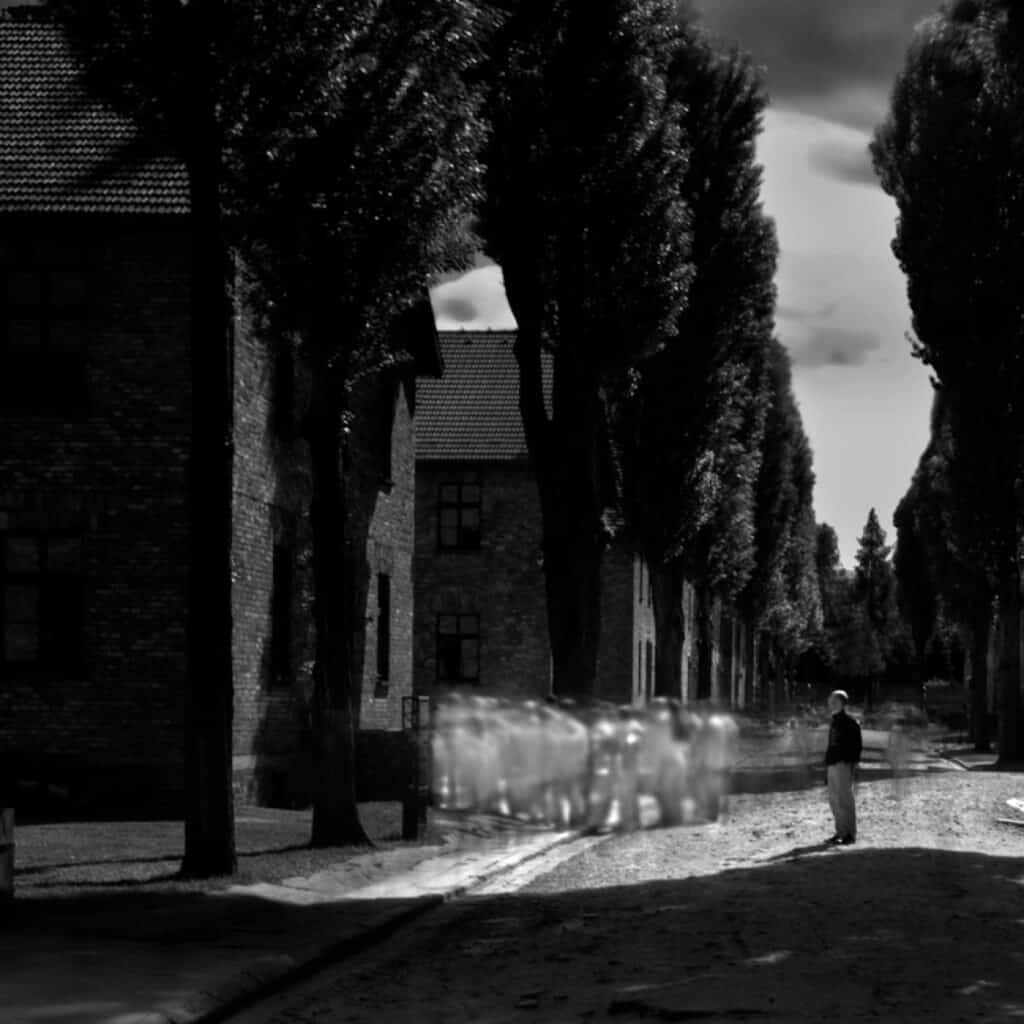
I was always prone to phases, even before photography. I remember the Beatle phase I went through in the 60’s: I wore Beatle boots, black pegged pants and black shirts. My parents said: “he’s going through a phase.”
And I went through a series of Photographic phases.
One phase that dominated much of my photography was a technique/skill phase. I’d learn a new technique and then go out and see how I could apply it. I went through many, many techniques over the years; infrared, posterization, solarization, double exposures, long exposures, pinhole, pin-registration and others. Today there are even more techniques available; HDR, pumped colors, intentional camera movement, star photography, hyper-focus, light painting and so on.
I’d immerse myself in a new technique, and then go out to see how I could apply it. These techniques would spread throughout the photographic community like the plaque, with tens of thousands all producing similar shots, using similar techniques.
And then around 2004 I started to evolve into my current approach, which I call the Vision Approach. Instead of copying others or being technique driven, I became Vision driven.

Here is how I was introduced to Vision:
I was attending Review Santa Fe. That’s where you take your work and show it to photography decision makers, hoping to be discovered. I got to the last reviewer of a very long day and showed him my work. He briefly looked at it and then brusquely pushed it back to me…and here’s how the conversation went:
Him: “It looks like you’re trying to copy Ansel Adams”
Me: “I am, I love Ansel Adams!”
Him: “Ansel already did Ansel. What can you do that shows your unique Vision?”
BAM!!! That statement caused a seismic shift in my photography and change my life. It caused me to ask: did I really want to be known as the world’s best Ansel Adams imitator, or did I have something to say of my own, through my own Vision?
And that set me forth on a two year journey to understand what Vision was, and to find out if I had one.

So what is Vision?
Vision had been a such fuzzy and incomprehensible concept to me. I had heard people use the word, and I generally understood the context, but I didn’t really know what it was. But I did think that Vision was a talent that some people had, and others did not. And I was pretty certain that I did not.
But as it turns out, Vision is just how I see things (and not how Ansel or anyone else see’s them).
Vision is simply the sum total of my life experiences, that allows me to see the world in a unique way.
And one of the most important things I learned, was that everyone has a Vision, in fact you cannot have one! It is simply your “point of view,” or how you see things. Vision seemed so incredibly simple once I found it, and yet was so incredibly difficult for me to understand when I was looking for it.
Vision has allowed me to forge my own path, and to create projects that are unique. It has freed me from;
- the rules
- doing what everyone else is doing
- caring what critics think
- following the fads
- the fear of criticism
Vision lets me be me, for better or worse. And honestly, I’d rather be an unpopular photographer who follows their Vision and loves their work, than a popular one who is imitative and repetitive.
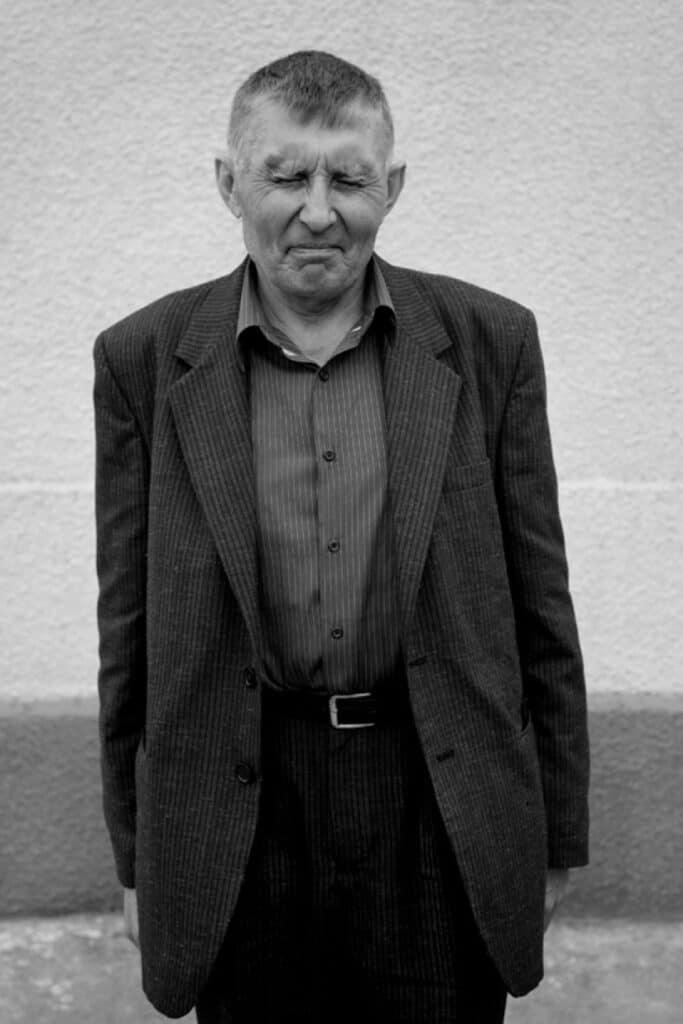
So how do you photograph and how do you use your Vision?
When I go out to photograph, I try to go out with no preconceived ideas. I simply go out, look, and try to be open to what’s there. I call this going out with a blank slate; I have no preconceived ideas, no specific goals, and no expectations other than to be open to what is being presented.
All of my projects were discovered and executed spontaneously in this manner.
For example, when I created the Ghosts of Auschwitz-Birkenau, I was at the camps as a tourist and had decided not to photograph there. I thought it would be sacrilegious or at least in poor taste. But the driver of our tour bus would not allow me to leave my equipment onboard, and so I began the tour with gear in hand.
Within a few minutes of starting the tour, I was overcome with the weight and oppression of this terrible place, and had to go outside and get some air. As I walked, slowly, catching my breath, I began to wonder who else had walked in my footsteps, or stood where I stood. Perhaps someone on the way to the gas chamber or gallows?

As I thought about this, I began to wonder if the ghosts of those people who had lived and died at Auschwitz-Birkenau, still lingered there. And then this idea just hit me: I must photograph their ghosts. And within that two-hour tour, I had created the series.
That was my Vision speaking to me, and in my mind I could see how I wanted those images to look. That Vision, burned into my memory, became my roadmap on how to produce the images.
I often get ideas when I’m not photographing. I remember on a trip to Akron, Ohio, I was standing in the lobby of my hotel when I just happened to look up at the ceiling lamp. For some reason, at the moment in time, that lamp just fascinated me. So I pushed a table out of the way, lay on the lobby floor and stared straight up at that lamp.
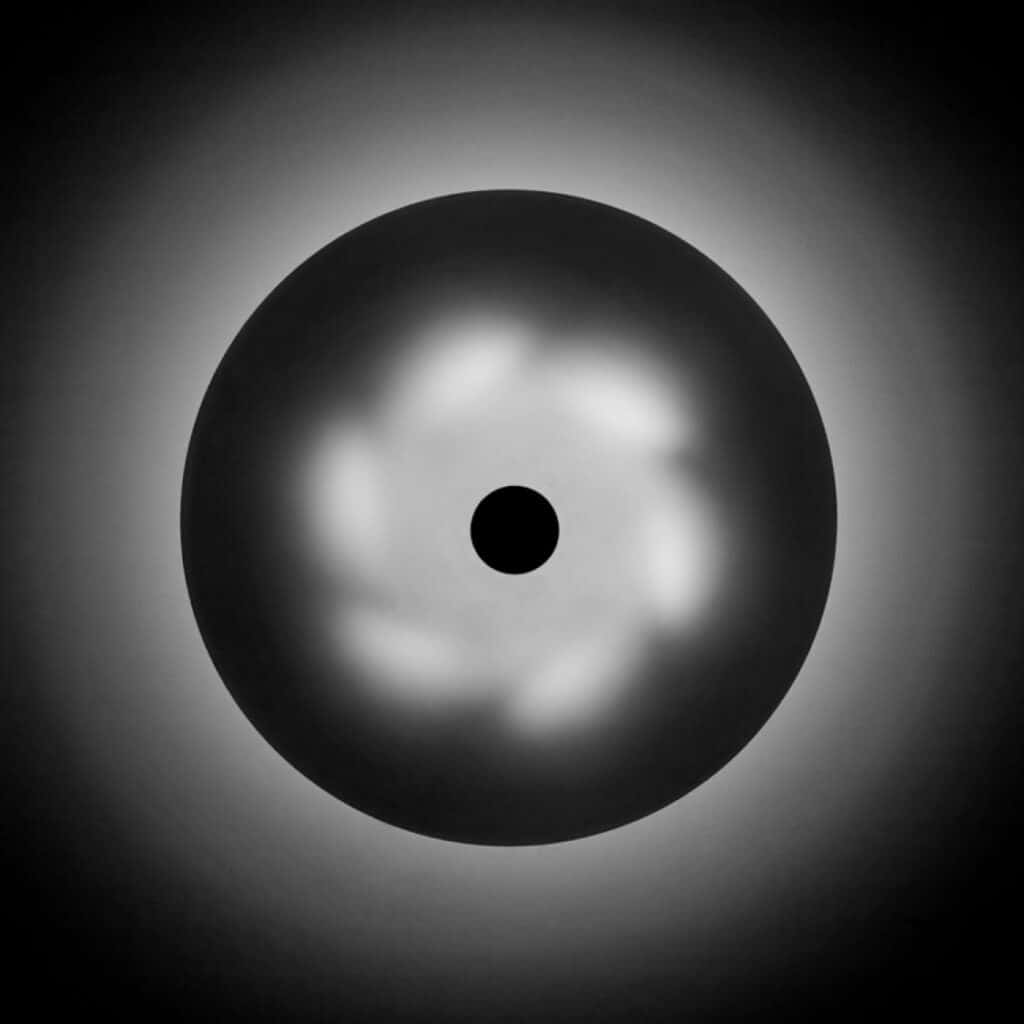
This was my first ceiling lamp in the series entitled Ceiling Lamps. I had a blast creating that series, going into stores and offices in search of interesting ceiling lamps to add to the collection.
The process of going to a location with a blank slate is really important to how I work. When I go to a spot with preconceived ideas, I can be so focused on that one thing, that I often miss the ten other things that are there. It takes some work and patience to be open to whatever is being presented, especially when I go to a location that seems void of any photographic opportunity.

Trees from a Train is a project that almost never came to pass, because I went out with some very specific pre-conceived ideas.
It’s October of 2019 and I’m on the train from Fairbanks to Anchorage with my friend Jim Norman. I was really looking forward to this train ride, hoping to shoot some great big grand scenes of Denali. However between the snowstorm we were having, and the tunnel of trees we were speeding through, it became clear that this trip would not be what I had hoped for.
Fortunately I had the presence of mind to stop and say to myself: okay, the grand scenes are not being presented, so what is? About the only thing to shoot were the trees, and so I went between two cars, opened both doors and began shooting them. The trees were moving by so fast, that I started panning with them. Then I wondered what would happen if I were to pan and use a long exposure?
I was immediately blown away by this “swirl” I was seeing! Had I discovered some new technique that was causing this? I didn’t know what it was or what was causing it, but for the next 10 hours I explored it, trying to control and manipulate it. And I came home with a new series.

Another key aspect of Vision driven photography, is that you pursue things, as you see them in your imagination. You don’t hold back because you’ve been taught that you’re not supposed to do things a certain way. If you see them a certain way, you follow your Vision…no matter what.
It reminds me of a workshop I was doing on the Mesquite Dunes in Death Valley. One of the participants was shooting the layers of the dunes using a very long lens. They asked how I was getting them all in focus, and I replied that I had my lens stopped all the way down. They responded that they were shooting at F8 because they had been taught that F8 was the optimal aperture for that lens.
As I explained that they could stop down their aperture and get the shot, or stick with F8 and not get the shot, I could see they were hesitant to do it. Damn those stupid “rules” that people live by! (and no, I do not believe that you must first learn the rules so that you can break the rules, that’s one of the silliest sayings I’ve ever heard)
When you follow your Vision, there are no rules and there are no off-limits. You forget all the limiting stuff you’ve been taught and you create with your heart and imagination…not the rules.
What I love about Vision is that it can take you places you’ve never been creatively. It pushes your boundaries and I love that. Here’s a story about how my Vision took me to a place I had never been:

My portfolio “Negative Intersections” sort of came about because of Covid. I had not been traveling much and was feeling the need to create. On a trip to see one of my sons in Minneapolis, I saw this monochromatic stand of leafless aspens and in my mind they were in this in-between state of both positive and negative.
From that thought, grew the idea that I could depict these positive/negative intersections.
Here’s my artist statement for Negative Intersections:
Behind every positive image is a negative one, and sometimes they intersect.
Using some of my old images, I was able to create these new ones. And it was a lot of fun!
The beauty of Vision is that with it, you can do anything you want and in any way that you want. You don’t worry about doing things the wrong way, because there is no wrong way. You don’t worry about breaking the rules, because you know the rules only constrain and confine. You don’t worry about what the “experts” might say about the images, because you understand there are no experts when it comes to your Vision.
There’s one other point I’d like to make about technique/skills driven photography versus Vision based photography. Before I started creating from my Vision, I was relying on my toolbox of skills. I thought I could only create images if I first had the skills, and so I wanted a full toolbox of them. But I thought that skills needed to come first.
But as it turns out, most of my projects have required me to learn new skills to execute the project. But no worries, because I’m smart (shut up John Barclay) and I can learn new things (SHUT UP JOHN!), especially when I’m excited about a new project.
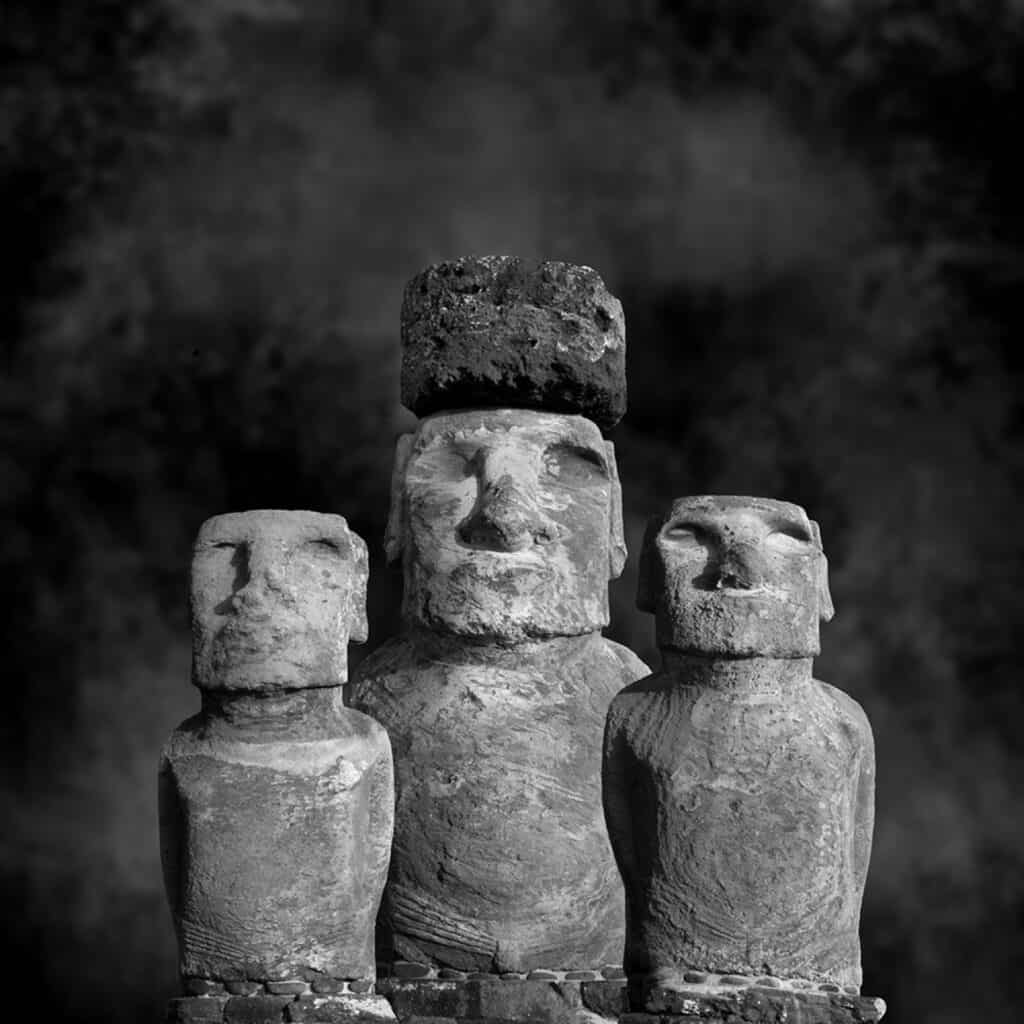
Vision comes first, and skills second
A story to illustrate this: I was flying to Easter Island to fulfill one of the items on my bucket list. I had read Aku Aku by Thor Hyerdahl when I was 17 and fell in love with the island, the Rapa Nui and the giant Moai statues.
On the flight from Toronto to Santiago, I fell asleep and had a dream. I dreamt that the Moai were living beings and I had brought with me a portable outdoor portrait studio, with the intention of inviting them to sit for a portrait. What I didn’t appreciate was that the Moai had been so poorly treated by outsiders in the past, that they were reluctant to accept my invitation.
And so after issuing the invitations, I wasn’t sure anyone would show up. And at first, they didnt…but after a while some of the younger Moai came, sat for a portrait, had a good experience, and spread the word. Soon I was photographing most of Moai on the island.
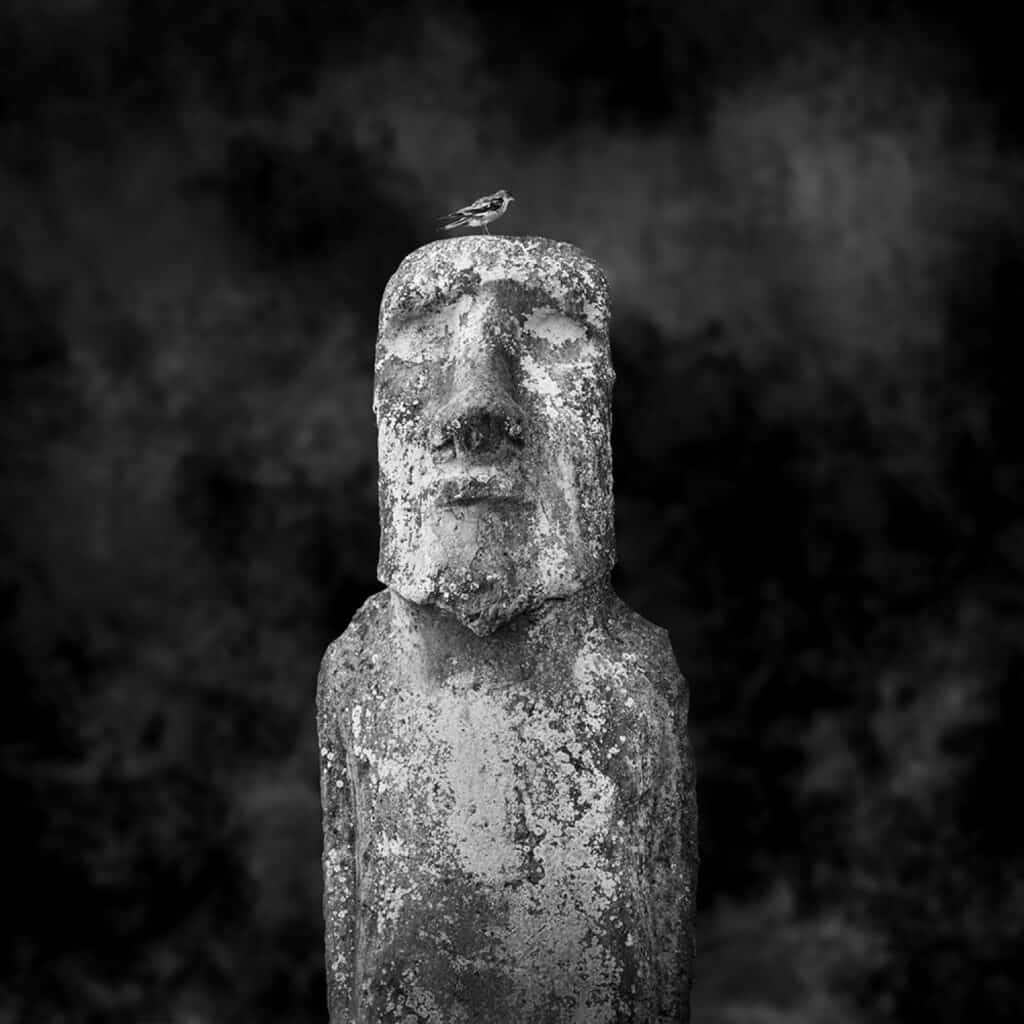
I woke up from that dream, told my wife about it, pondered it for a moment and then said to her: “Do you know what? I’m going to do it, I’m going to invite the Moai to come sit for a portrait!”
And I did invite them, and they did come.
Now I had no experience in creating this type of image. I had to outline the Moai, create a digital backdrop, place the Moai on the backdrop and make it look natural, and then I had to dodge and burn the Moai so it looked like they had sat under studio lights.
I had ZERO experience with any of that, but I had one thing more important than those skills: my Vision.
I knew what I wanted. I could see the final image in my mind’s eye and all I needed to do was learn a couple of techniques to execute that Vision. It was not important to have the skills first.
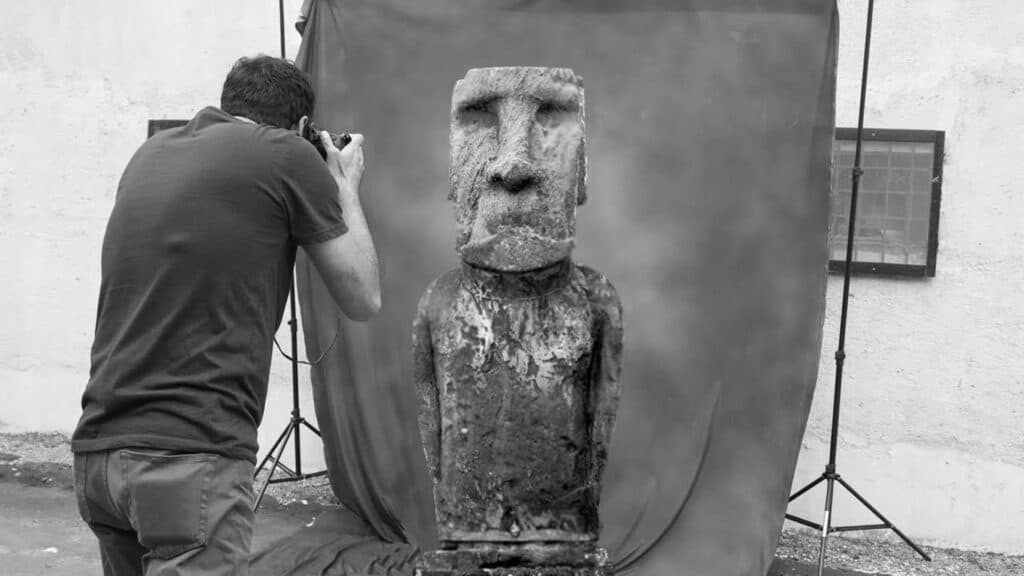
That’s why I believe that Vision comes first, and skills second.
In the past I thought I needed to have a “full toolbox” before I could be creative, and yet no matter how full my toolbox was, I wasn’t being creative. Now that I’m putting my Vision first and learning the skills as needed to support my Vision, I’m being creative.
It may seem illogical and backwards, but it works.
Finding and following my Vision, has completely changed my photography. Before Vision, my work looked just like everyone else’s. I followed the same fads as everyone else. I followed the same rules as everyone else. I copied other photographer’s look, ideas and images just like everyone else…and my work looked similar to everyone else’s.
But now I am creating on my own terms, creating from my Vision and I’ve never been happier with my work.
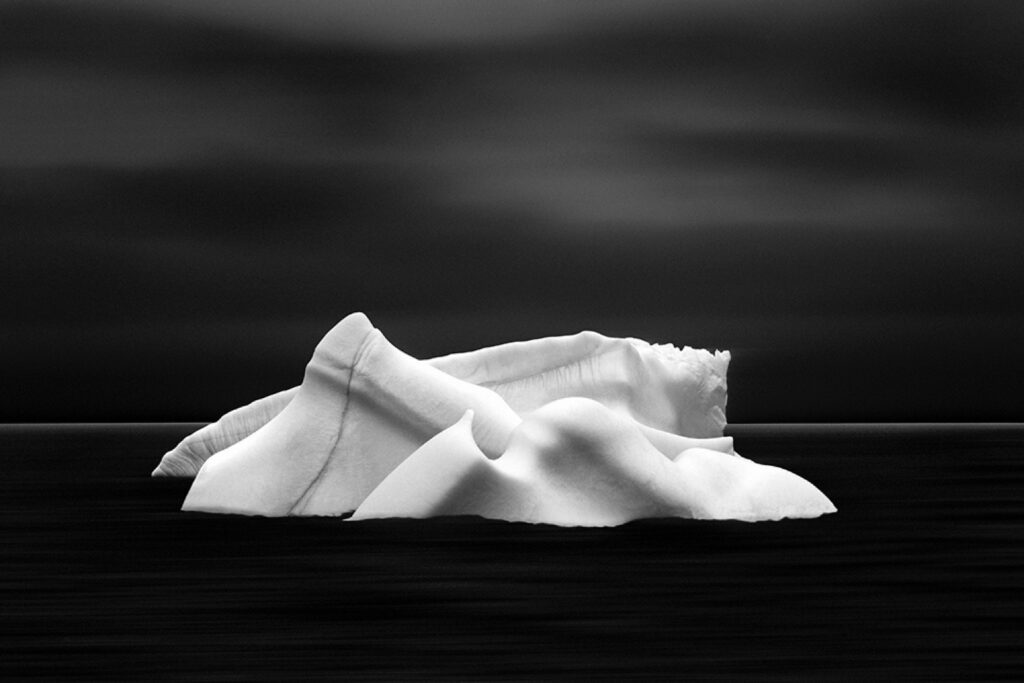
And now I must apologize. I’ve just realized that I’ve spent this entire article talking about me, and haven’t asked anything about you.
What approach have you taken in the pursuit of your photography?
Do you have any interest in the Vision approach?
Do you feel you are in touch with your Vision?
If not, do you have an interest in finding your Vision?
If you’re interested in finding your Vision, you might be interested in how I came to find mine. I’ve detailed the steps I took to find my Vision in this article:
If you’ve gotten this far, in this very long article, thanks for reading!

